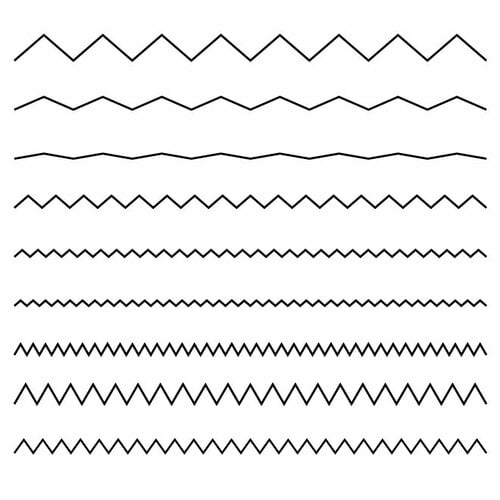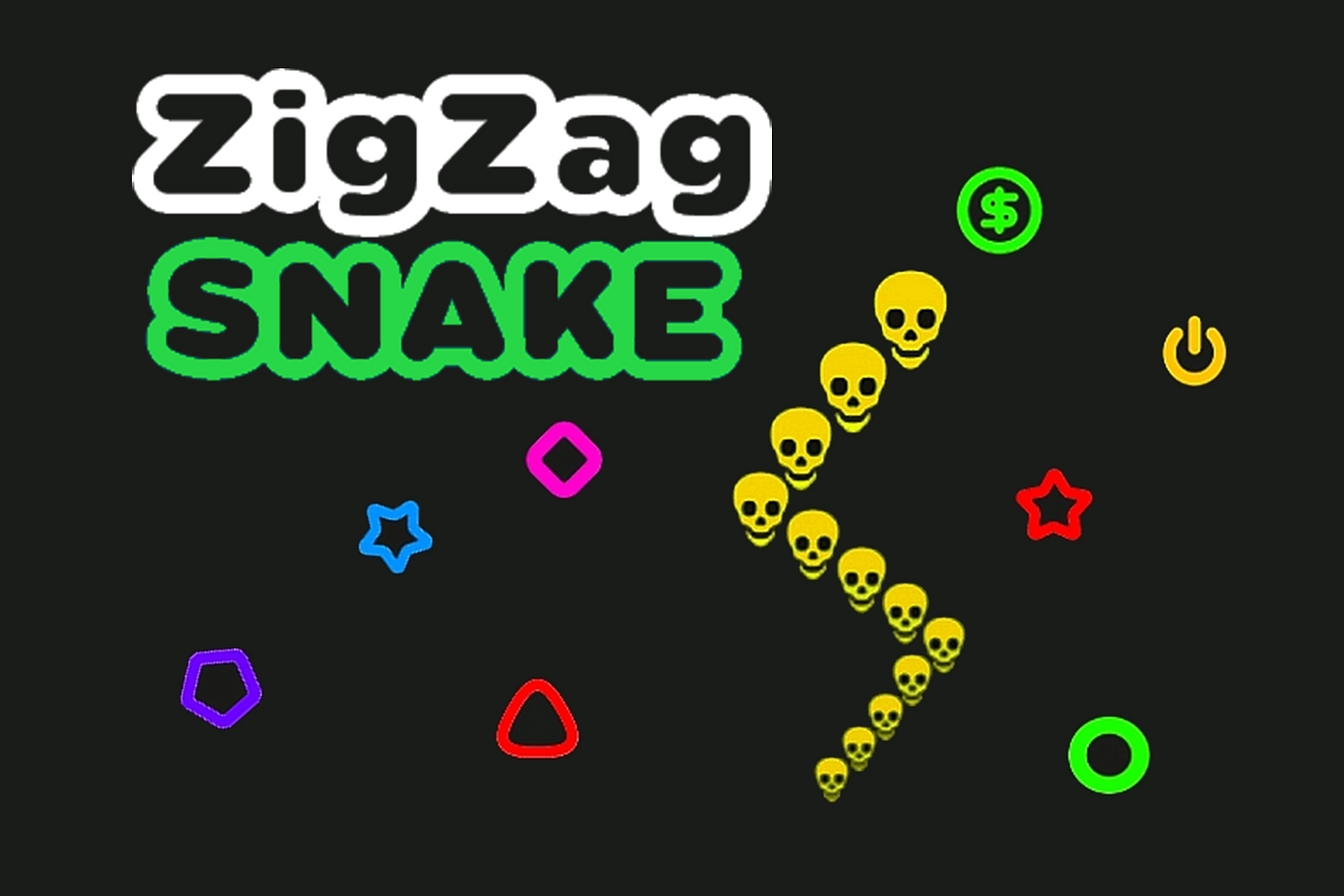

Harmful snakes and their mimics boast aposematic signals such as bright colours 18, rattle or hissing sounds 19, 20, dorsal zigzag patterns 21, 22 and shaping into or accentuating the triangular shape of their head when threatened 23.

Warning signals may be (or combine) patterns, colours, shape, behaviour, odours and sounds 16, 17. While ambush predators such as vipers need to be invisible to their prey, they have evolved a number of traits to either deter potential predators or to avoid being trampled, such as warning or aposematic signals. Detecting and avoiding venomous snakes may have contributed to survival of early humans and primates. On the other hand venomous snakes such as vipers, mostly small and cryptic ambush predators with potent venom, were most likely as abundant in Africa as they are today 15. Even to the largest species of pythons, early humanoids such as Australopithecus were probably too large a prey. Sharp fear-relevant responses to snake stimuli such as heart rate acceleration were recorded in conditioned adult humans 13.ĭespite the seemingly strong idea of an evolutionary arms race between early constrictor snakes and mammals, human beings are not natural prey for snakes.


Yet the dislike, or fear of snakes may be also an acquired taste: while babies and very young children do not usually fear snakes, they are unusually skilled at detecting them and show a predisposition to learn to fear snakes if they have bad experiences or even if they are exposed to negative portrayals of them in the media 14. Hence, the tendency of some individuals to be afraid of threat signals would have evolved in mammals, creating an innate disposition to the acquisition of this fear 11, 14. The capacity to define and quickly identify a threat signal would indeed provide a clear selective advantage. The belief that humans have an innate fear of snakes 9, 10 was recently supplanted by the more refined idea that humans may have inherited an evolved tendency to associate snakes (or certain snake features such as the slithering motion 11) with fear 4, 12, 13. Some authors suggested that an evolutionary arms race between early constrictor snakes and mammals triggered the development of orbital convergence, visual specialisation, and brain expansion in early primates and incidentally the current human reactions observed in response to the appearance of venomous snakes (viperids and elapids 3, 4, 8). Fearful reactions to snakes have also been reported for a variety of nonhuman primates 4, 6, 7. Snakes are one of the most common subjects of intense fears and phobias in humans 1, 2, 3, 4, 5. Further, we hypothesise that this adaptation was in turn exploited by snakes in their anti-predatory threat display as a triangular head or dorsal zig-zag pattern, and is currently the basis for efficient international road-danger signalling. We hypothesise that early primates evolved an aversion for aposematic signals in the form of potentially harmful triangular shapes such as teeth, claws or spikes, not for snakes per se. This context dependent comparison triggered even sharper responses to aposematic signals. Another 722 children were shown images featuring two items and asked which item was “nice” and which item was “mean”. Snakes, pets and smiley emoticon items were not rated as “mean” unless they displayed subtle aposematic signals in the form of triangular (rather than round) shapes. A total of 635 children were asked to rate single item images as “nice” or “mean”. Here we show that the aversion to snakes in human beings may have been mistaken for an aversion to aposematic signals that are commonly displayed by snakes. Its innate origin from evolutionary causes is debated against the powerful influence early experience, culture, media and religion may have on people’s aversion to snakes. Why humans fear snakes is an old, yet unresolved debate.


 0 kommentar(er)
0 kommentar(er)
